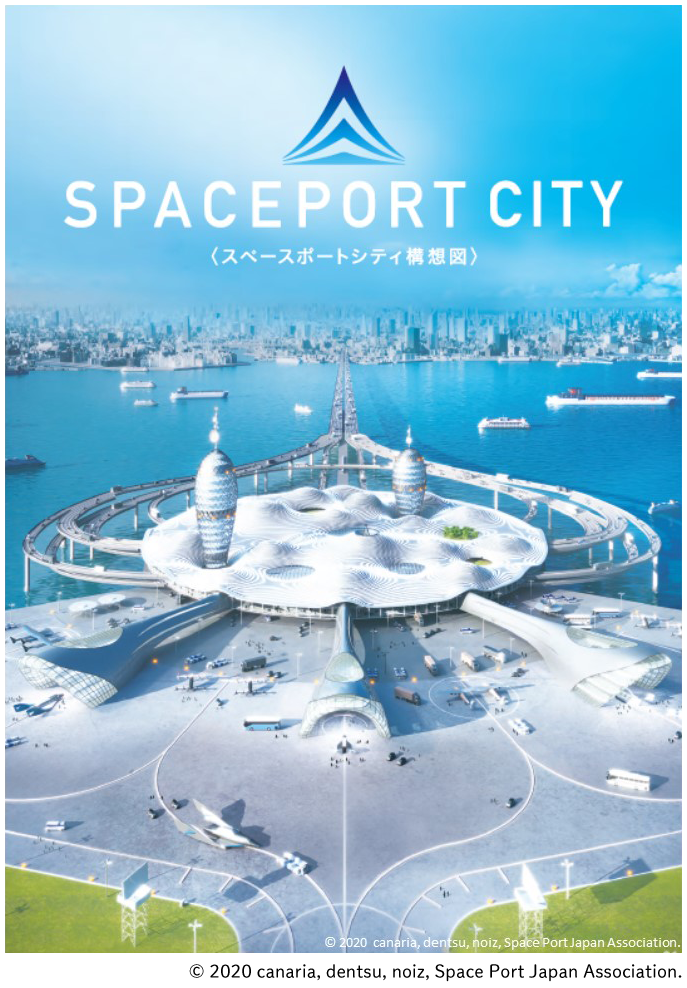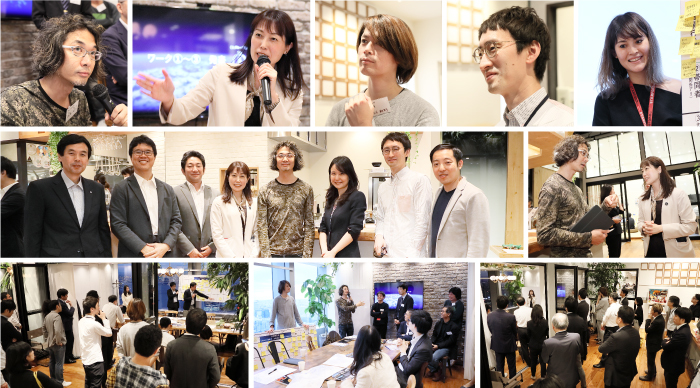By the way, have you ever heard of a spaceport?
A spaceport is a port for traveling to space. Spacecraft can launch vertically like rockets or take off horizontally like airplanes. The collective term for the places where these spacecraft depart is "spaceport."
For centuries, ports served as the central departure points for humanity's journeys to distant lands, launching voyages across the seas. However, in the 20th century, airports—the "ports of the sky"—emerged, fundamentally transforming logistics and human mobility. The concept of hub airports was born, and these aerial hubs began significantly influencing the economic strength and cultural standards of their regions.
2020 is often called the inaugural year of space tourism. In the United States, several "spaceports" – space harbors – have already been completed and are now preparing for full-scale operation. The UK and Italy have also begun developing and preparing spaceports, with other countries considering establishing them in succession. It is predicted that in the future, spaceports and their surrounding areas will become global hubs, developing as centers for various related industries.
The primary functions of a spaceport can be broadly categorized into two
The first function of a spaceport is to serve as a "base for going to space." Literally, as the name suggests (laugh).
It is envisioned for transporting tourists for space travel, launching satellites into orbit, delivering astronauts and supplies to space stations, and sending people and materials to other celestial bodies like the Moon or Mars. Particularly, demand for space tourism business starting in 2020 is expected, and the need for space transportation, especially for small satellites, is increasing year by year. Consequently, the demand for spaceports is rapidly growing.
The second function is as a "hub for traveling to other places on Earth." For example, it would serve the same function as an airport for moving between two points on Earth, like Tokyo to Los Angeles. Essentially, it's the same function as an airport. By launching spaceplanes (spacecraft) from runways and gaining altitude to approach space, air resistance is nearly eliminated, allowing flight at speeds many times faster than airplanes. By the 2040s and beyond, reaching destinations like Los Angeles or New York could take just one or two hours. This could make spaceports, rather than airports, the central hubs for long-distance travel. Just as few people travel overseas by ship today, air travel within the atmosphere might even become less common.
Spaceports have significant ripple effects on related industries, with limitless potential
On June 26, 2020, the general incorporated association Space Port Japan (SPJ), along with Dentsu Inc., canaria, and noiz, announced the "Spaceport City Concept Diagram." This diagram synthesizes ideas gathered through workshops involving SPJ and its member companies and organizations.
It explains, with illustrations, how the area around a spaceport opening in Japan might develop in terms of facilities and urban features, and what related industries and services could be created as a result.
What is the "Spaceport City Concept Map"?
The spaceport and its surrounding districts hold immense potential, not only as transportation hubs but also as centers for logistics, tourism, science and technology, culture, and more. The Spaceport City Concept Map encapsulates this potential.
Since we are building new industries from scratch, the more imagination and collaboration across diverse industries we can foster, the more attractive these industries will become. We sincerely invite everyone viewing this to participate in this vision.
■ "Spaceport City Concept Map" (Full Version)
https://www.spaceport-japan.org/concept

■ "Spaceport City Concept Diagram" Explanation
First, adding "City" to "Spaceport" signifies that this is not merely a "transportation hub," but a "new concept city" where diverse industries collaborate. The architectural design on the cover embodies the expectation that diverse people will gather here and new industries will emerge.
Furthermore, this concept diagram explains Spaceport City by dividing it into three categories: "Go to Space," "Touch Space," and "Play in the Future."
① "Go to Space" gathers space travel services themselves, along with associated facilities and services.
② "Touching Space" gathers various services and attractions that let people experience space travel. This is designed for not only the family and friends of space travelers, but also for those with no direct connection to space travel to enjoy.
③ "Playing with the Future" broadly gathers ideas that, while not directly connected to space travel, are related to space and can lead to future industry creation, aiming to further expand the industry.
This conceptual diagram visualizes ideas generated through the aforementioned workshops. We intend to keep it updated by adding further concepts and implementation plans.
General Incorporated Association Space Port Japan (SPJ)
Established: July 2018
Purpose: To promote Japan's aerospace-related industries broadly by opening a spaceport in Japan
Official Website: www.spaceport-japan.org





